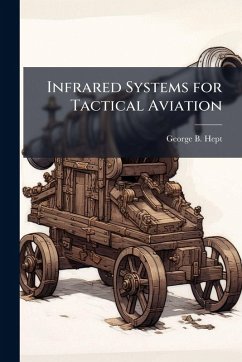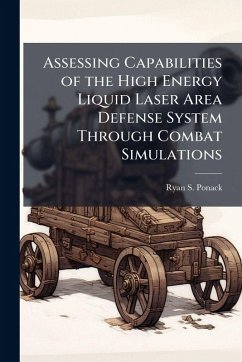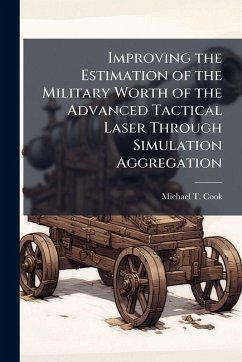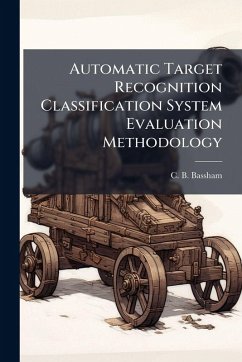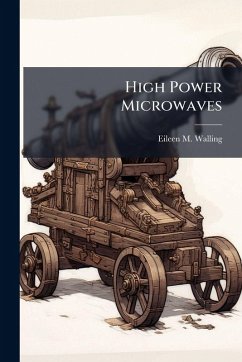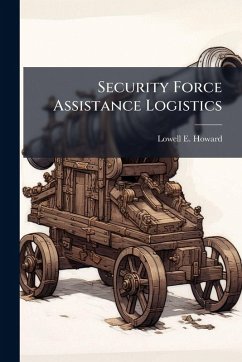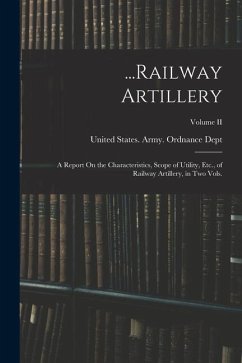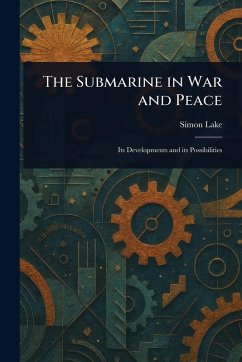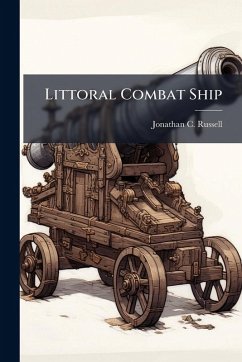
Classification of Battlespace Detonations From Temporally Resolved Multi-Band Imagery and Mid-Infrared Spectra

PAYBACK Punkte
11 °P sammeln!
The classification of battlespace detonations, specifically the determination of munitions type and size using temporal and spectral features, has been studied using near-infrared (NIR) and multi-color visible wavelength imagers. Key features from the time dependence of fireball size are identified for discriminating various types and sizes of detonation flashes. The five classes include three weights of trinitrotoluene (TNT) and two weights of an enhanced mixture, all of which are uncased and detonated with 10% C4. Using Fisher linear discriminant techniques, features are projected onto a lin...
The classification of battlespace detonations, specifically the determination of munitions type and size using temporal and spectral features, has been studied using near-infrared (NIR) and multi-color visible wavelength imagers. Key features from the time dependence of fireball size are identified for discriminating various types and sizes of detonation flashes. The five classes include three weights of trinitrotoluene (TNT) and two weights of an enhanced mixture, all of which are uncased and detonated with 10% C4. Using Fisher linear discriminant techniques, features are projected onto a line such that the projected points are maximally clustered for the different classes of detonations. Bayesian decision boundaries are then established on class-conditional probability densities. Feature saliency and stability are determined by selecting features that best discriminate while requiring low variations in class-conditional probability densities and high performance in independent testing. This work has been selected by scholars as being culturally important, and is part of the knowledge base of civilization as we know it. This work was reproduced from the original artifact, and remains as true to the original work as possible. Therefore, you will see the original copyright references, library stamps (as most of these works have been housed in our most important libraries around the world), and other notations in the work. This work is in the public domain in the United States of America, and possibly other nations. Within the United States, you may freely copy and distribute this work, as no entity (individual or corporate) has a copyright on the body of the work. As a reproduction of a historical artifact, this work may contain missing or blurred pages, poor pictures, errant marks, etc. Scholars believe, and we concur, that this work is important enough to be preserved, reproduced, and made generally available to the public. We appreciate your support of the preservation process, and thank you for being an important part of keeping this knowledge alive and relevant.



